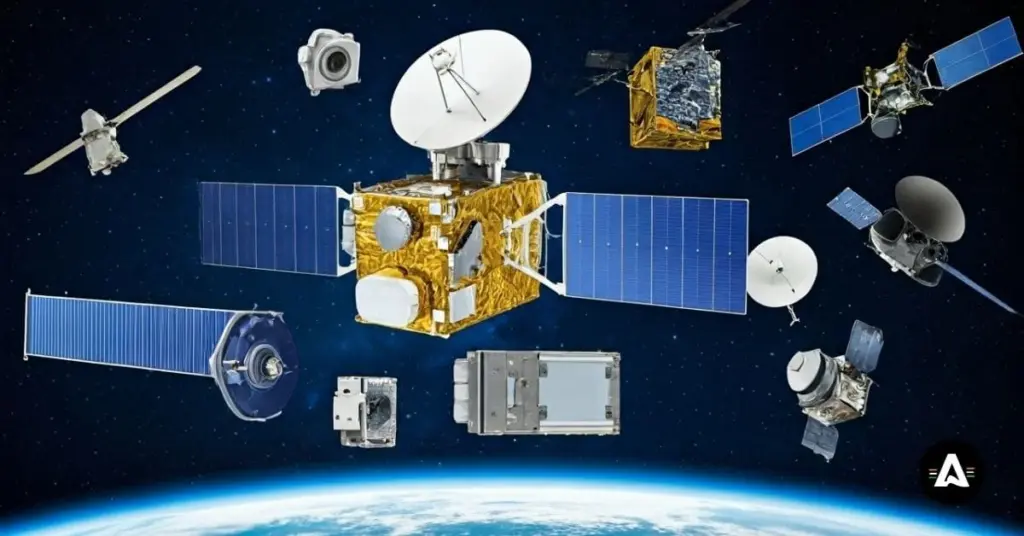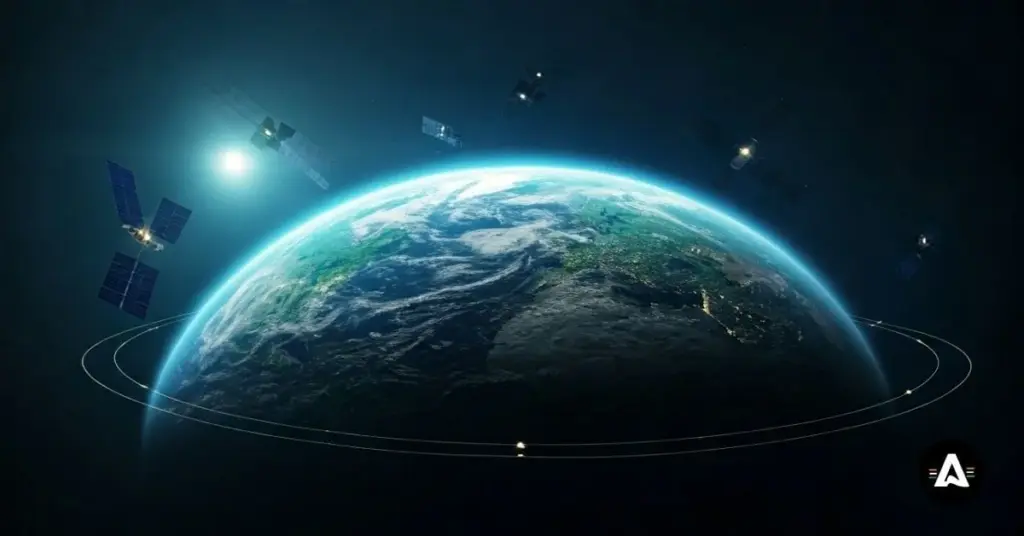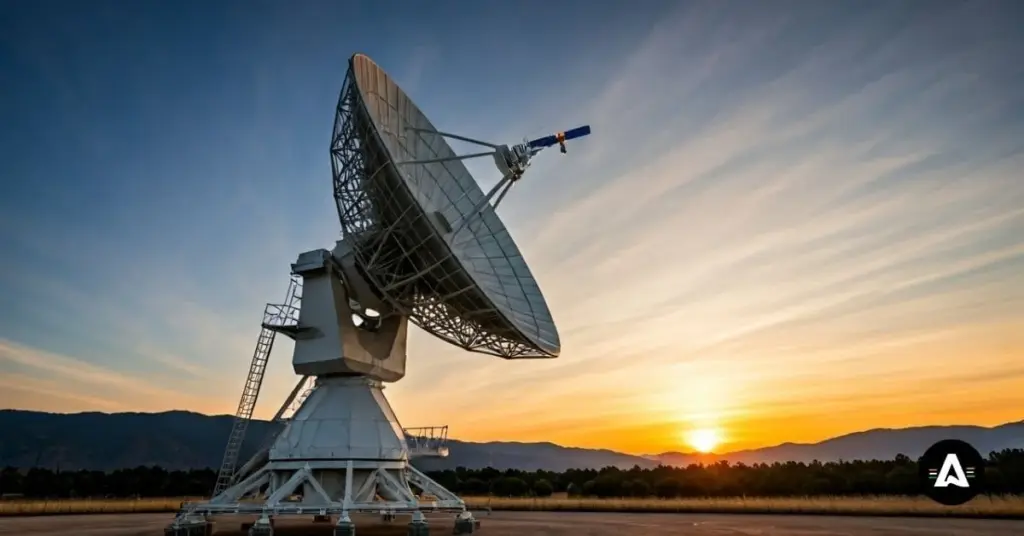What is a Launch Window for Space Missions?
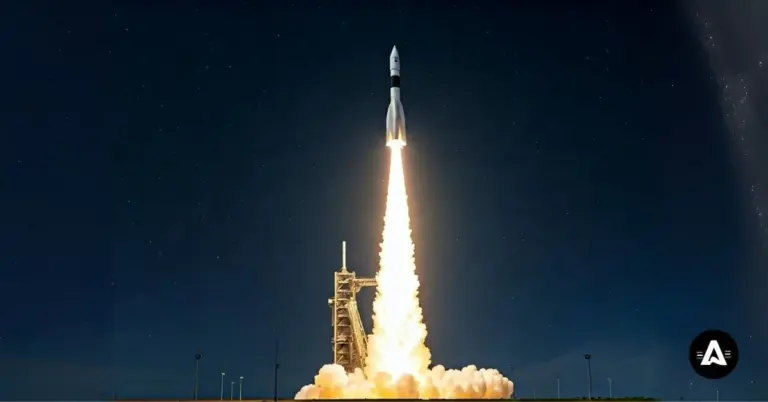
A launch window is a set time when rockets can go up to reach the place they need to in space. It is very important for space missions to be on time.
It uses orbital mechanics and planetary motion to pick the right path so the rocket will arrive at the right spot.
There are two kinds of launch windows. Instantaneous launch windows last only a few seconds, while long launch windows, like the ones for Mars, can last several hours or even days.
Things like trajectory planning, escape velocity, and the goals of the mission help choose when the rocket should go.
Real-world problems like bad weather, technical problems, and costs can change when a launch happens.
People often want to know how often you can launch to Mars, how the paths are lined up, and how launch windows can change what gets shared with the public.
Introduction
A launch window is the short time when a rocket has to take off to make the space mission work the right way. It depends on orbital mechanics to make sure the rocket’s path will be good as it goes into space and matches how things move up there. This timing is important for trips to earth orbit or the international space station, and even places much farther in space. If the rocket misses this time, the mission can be pushed back, use more resources, or the rocket may not reach its goal. That is why people planning a mission care a lot about picking the launch window.
Understanding Launch Windows in Space Missions
The idea of a launch window is to pick the best time for the launch vehicle to take off. This is so it can reach its goal, like earth orbit or a spot for a satellite in space. The right timing helps the launch vehicle follow the correct path around earth.
Things like how the earth moves, where other planets or moons are, and the pull of gravity all help to decide when the launch window will be. These details are important for a space mission because they help the team use the best time to go and reach earth orbit or any other goal. This way, it is easier for a launch vehicle to go to its target. It can help the trip go well and help finish the mission in a good way.
Definition and Importance of a Launch Window
A launch window is the time when a rocket or spacecraft can go up. The team picks this time by using clear math to make sure it gets to the right path or spot in space. They look at things like the orbital period, what the launch vehicle can do, and how gravity pulls on the object.
The timing has to be just right for missions that hope to meet the international space station. For these missions, there may be only one best time to launch. The perfect moment happens when the international space station crosses over the launch point on Earth. This is needed to make sure the spacecraft can get to the right place.
Some missions do not always have to launch at a very exact time. They can have longer launch windows that can last several hours or even days. This gives them more freedom to pick a time and can help use less fuel. Figuring out these things is one reason why launch windows are so important. They help make sure the spacecraft gets where it needs to go. These windows also show why timing matters so much in space exploration.
Brief History of Launch Windows in Space Exploration
The story of launch windows began in the early days of space travel. The Kennedy Space Center in the United States helped shape how launch windows are used. NASA made use of the center to find the best ways to pick launch times for their trips to space. They put a lot of work into planning the right way for each mission to go.
The European Space Agency looked at this and started to use these ways in big projects around the world. For example, with the Rosetta mission, they could not use the first time slot to launch because there were some technical problems. Then, they changed their plans and used planetary motion to find a new goal. This shows that watching how planets move and choosing the right time can help the the european space agency change interplanetary mission plans.
From the start of the Apollo program to the latest satellite missions, every space agency has aimed to get better at choosing the right launch window. Each time they send something into space, they use what they learned in the past. By doing this, they help the rockets move better in space, make good use of their fuel and gear, and reach important new science targets.
The Science Behind Launch Windows
Launch windows depend on the science of orbital mechanics and on how planets move in space. The law of universal gravitation from Newton, along with Kepler’s laws, help people know the best times and ways to send rockets out of Earth. These rules tell us how objects like rockets and planets pull on each other in space, making it possible for us to plan safe trips.
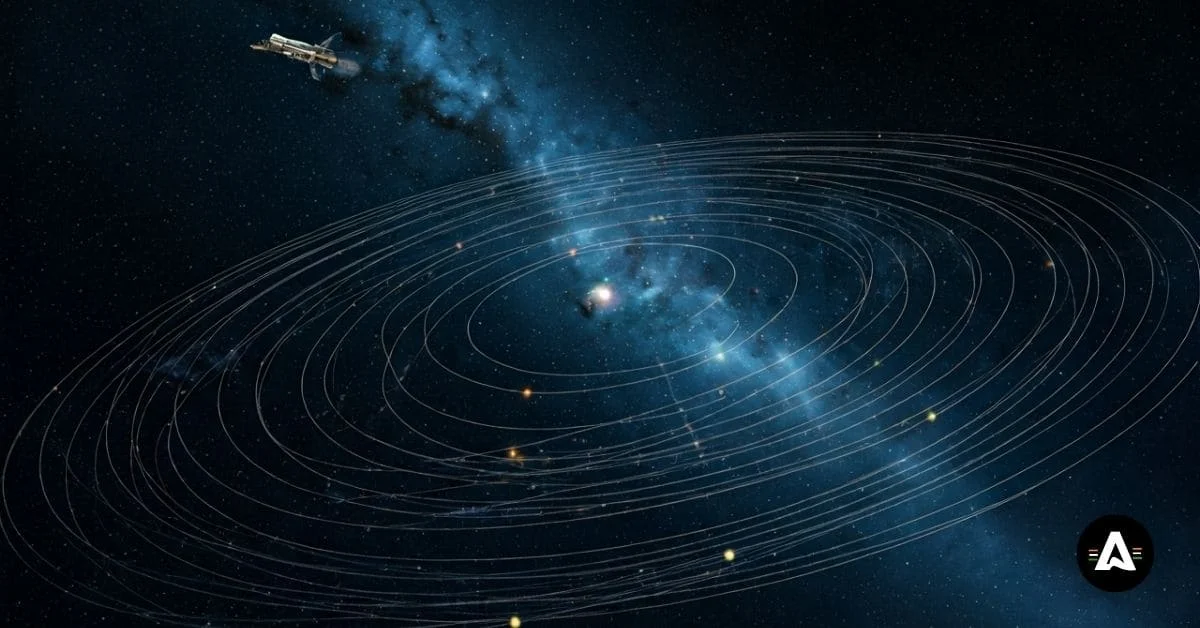
When you think about planetary motion, it helps the rocket go on the best path. This lets the rocket use less energy and fewer resources. For example, the use of escape velocity tells us the lowest speed the rocket needs to leave Earth’s orbit. This shows that if people plan well, like using escape velocity and knowing about universal gravitation, space missions can work better and save fuel too.
Orbital Mechanics and Astrodynamics
Orbital mechanics is the base for setting when to launch. It is about how spacecraft move in space. This area uses ideas from Johannes Kepler, who created important laws about orbits. Keplerian elements and orbital elements help us look at things like the semi-major axis and this shows how the shape of an orbit changes, especially when the path looks like an ellipse.
Newton’s law of universal gravitation says that a gravitational force pulls a space vehicle with mass m while it moves at a distance r from the center of gravity. The velocity vector is important in this. When you plan a launch, you need to get the right numbers for the velocity vector. If you do not, the space vehicle may not get into the correct earth orbit. If the speed is too low, it could not make it and fall short. The law of universal gravitation shows how this force works, and it matters for every launch.
Astrodynamics helps us figure out where a space vehicle will go. It uses things called conic sections, like the hyperbolic orbit, to draw the path. We use this for trips in earth orbit and for journeys that go far away from our planet. This gives us good ways to know how orbits and gravity change what a mission looks like.
Key Factors Affecting Launch Timing (Earth’s Rotation, Orbits, Gravity)
There are a few key things that change when the best launch windows are. The way the Earth spins, earth orbit paths, and gravity all be a part of this. When the Earth turns, it picks the good places and times to launch. This helps line up with your destination. It also means the rocket does not need to use as much energy. Different earth orbit paths, like low earth orbit and others, also change the best time to send up a satellite or start a mission.
Gravity also matters. We call this idea the law of universal gravitation. It be important so rockets get escape velocity and move from one earth orbit to another. These things work as a team. They decide how much potential energy and kinetic energy a rocket has to have. This is why launch planning is not always simple.
Types of Launch Windows
Space agencies use two main types of launch windows. There are instantaneous launch windows. These are used for missions that need to happen at a certain and exact time. They line up with orbital planes and do not allow for any delays.
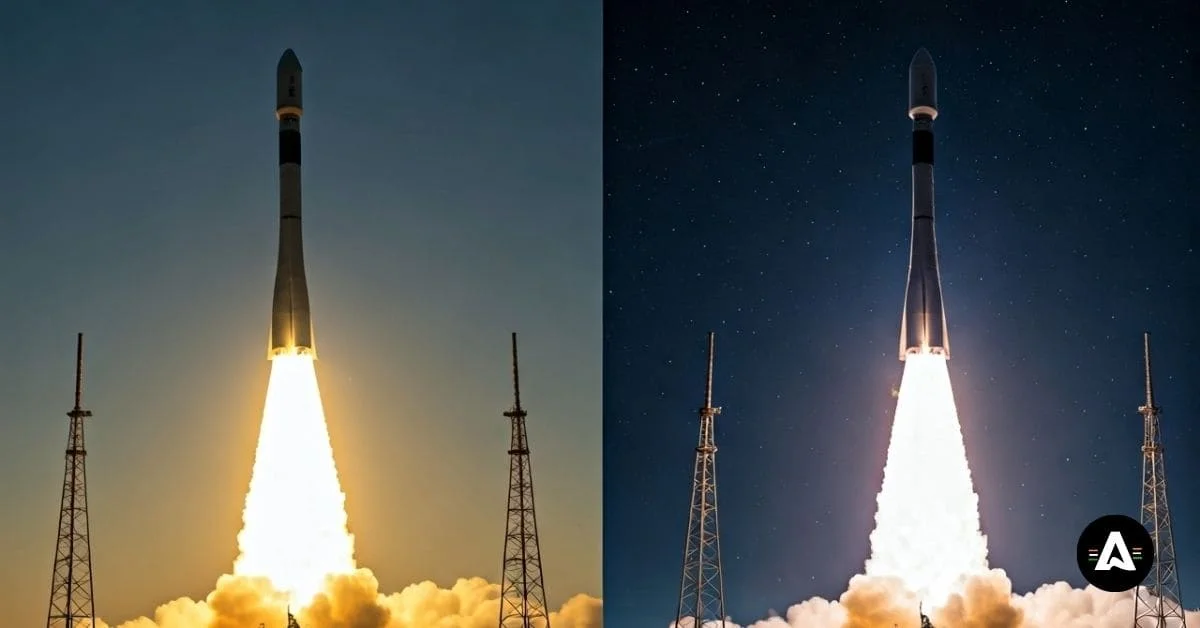
Extended windows let people have more time to work. There is more space for plans, and it is easier to make a schedule. Satellite launches or missions to other planets often use these longer windows. This can help cut down on the risk of missing the best time when the planets line up. So, there is a clear difference between both these types.
Instantaneous vs. Extended Launch Windows
Instantaneous launch windows let you launch at only one exact moment. You need to do this when the spacecraft has to line up with another path in space. A good example of this is when you want to meet the International Space Station. The main points are:
- The launch takes place at the exact local time needed. This way, the spacecraft gets into the right orbit.
- There is no need to change the path after. This helps save fuel.
- This lets you get to the right spot. There is very little room for error.
Extended launch windows last longer. These are good if you need more time or a bit of freedom in your work. For example, they help when sending a spacecraft to earth orbit or low earth orbit, or even when you want to go out further into space. You can change the path on the way if you have to. This helps you stay away from any danger, but you still follow the main goal.
To choose between using an instant window or a longer one, you need to look at how tough the job is. You also need to see how exact your path should be and find the best way to use fuel. Doing this right will help every trip work well, whether it’s to earth orbit or docking with the international space station. This makes sure missions still go smoothly, even if there are hard launch rules.
Launch Periods for Different Destinations (LEO, Moon, Mars, etc.)
The best time to launch a mission depends on where you want to send it. If you are aiming for low Earth orbit, like when you launch satellites or send something to the International Space Station, you usually wait for the Earth’s orbital period to line up. This helps you get where you need to go in the best way. Missions to the Moon ask us to look at how the Moon moves and also how the Earth spins. If you want to head out to Mars, you have to wait for times called synodic periods. In these moments, you can use the least energy by using what is called a Hohmann transfer. All of these steps are important. There is a good reason to plan a space trip carefully. Good planning makes sure we get there and can come back safely.
Calculating a Launch Window
You have to plan the path of your spacecraft to figure out the best launch window. True anomaly and how much the orbit is tilted help you decide the right time to go. Fast computer methods help pick the best way. They focus on saving fuel during the orbital transfer.
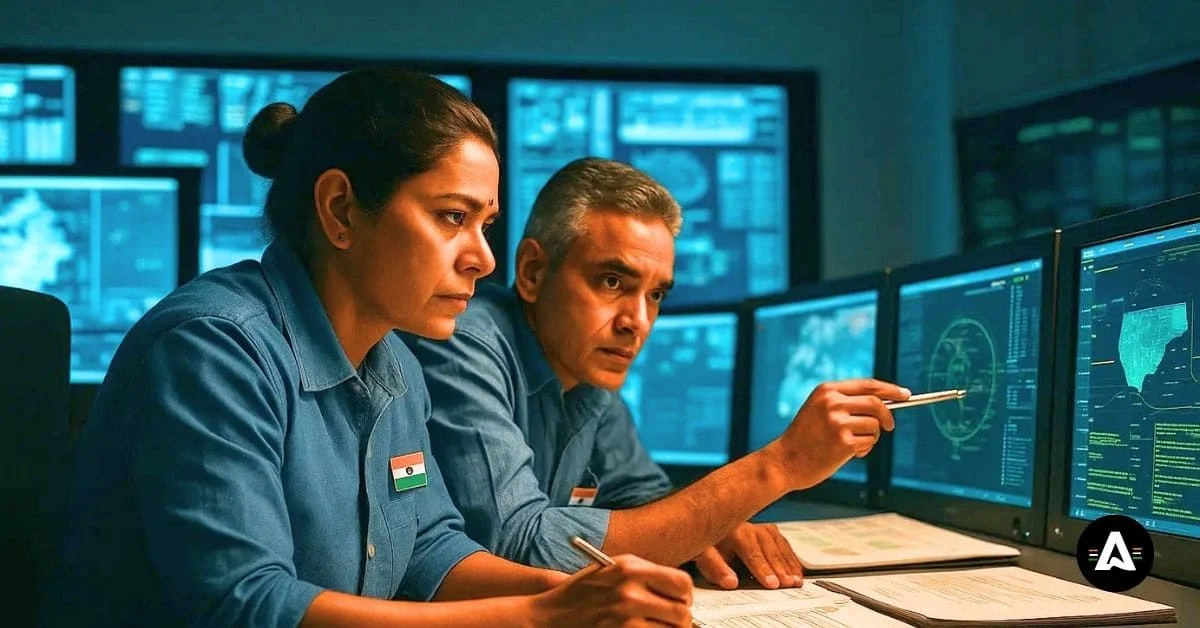
Launch windows use small and careful changes in speed and gravity. This helps set clear steps for each mission, with only tiny and exact changes needed. If one step is wrong, it can mess up the whole goal. This shows how much science matters for a good launch.
Trajectory Planning and Mission Profiles
Trajectory planning starts by picking the initial orbit that fits what the mission needs. To do this, people find out the spacecraft’s inclination and periapsis.
Propulsion needs to change at some main spots, like at apogee or periapsis. This helps to make sure the resulting orbit matches what the mission needs. For example, using a low-energy Hohmann transfer is good for trips between planets. It also uses less in the way of resources.
This kind of planning uses the idea of orbital transfer. It lets the spacecraft go where it needs to in an easy way. A good profile can make the launch better. It can also help to cut down waste and problems that might come up during the trip.
Role of Escape Velocity and Orbital Transfers
Escape velocity is the minimum speed a spacecraft must have to break away from the pull of the Earth. People planning space trips use something called hyperbolic excess velocity to work out the best path and how fast to go to leave Earth. This makes getting out of Earth’s grip easier and helps the spacecraft use energy in a better way.
The Hohmann transfer orbit is used in some space trips because it helps a spacecraft move to other planets while using less fuel. This transfer orbit uses an elliptical path, which takes advantage of how both speed and gravity work together. When the spacecraft changes its speed at just the right time, it can go into a new orbit with less work. This is why the Hohmann transfer is a good way to move between orbits.
When people use transfer orbits, they help guide the spacecraft to move around and between other objects in space. The path is set within the sphere of influence for each object. Teams check every calculation to make sure the spacecraft goes to the right place. This shows how physics helps make launches work well and get people where they need to go.
Factors Determining the Timing of a Launch
The time when a space vehicle is launched depends on a few important things. One thing is how gravity works and how orbits are lined up. The space vehicle must get to escape velocity if it needs to break free from Earth. It must also reach orbital velocity to keep moving around the earth orbit. It’s important for the space vehicle to use the right way for orbital transfer if it needs to move in the earth orbit or even farther away.
True anomaly and mean anomaly are used to find the best launch point. This matters a lot when you want to go into earth orbit, like low earth orbit, or into space that is much farther away. Knowing the longitude of the ascending node gives you the direction of the best launch point. This helps you get the best path to your goal. Using these ideas makes it possible to pick the right time and way to launch. This way, you can save fuel and it helps the mission do well.
Planetary Alignment and Synodic Periods
There is a close link between how planets line up and how long it takes for a planet to get back to the same place with Earth and the Sun. This time is called the synodic period. It is important when you plan to launch a space mission. When the planets are lined up the right way, it can help you use less fuel on your trip. You may also get to carry more weight. If you know these times, you can use the pull of other planets to help your spacecraft speed up. This can help your spacecraft get the right escape velocity, which follows the rule of equal areas in the solar system. People who plan the missions must think a lot about how all the planets move together. That is how they pick the best time to launch and make sure everything works out well.
Weather Conditions and Technical Constraints
Bad weather can change when the rocket can take off. It can make it hard to see and hard to follow all the right safety steps. When there is high wind, rain, or thick clouds, the launch vehicle might not have a good chance to reach escape velocity.
There are many technical things that the team needs to look at. The spacecraft and each of its parts must be ready and working well. If there is any small problem, it can delay the launch or the team may have to cancel it. This will not only set a new time for the launch, but it will also change space work and how different groups or countries work together in space.
Practical Applications: Launch Windows for Various Missions
Picking the right time to send a launch vehicle is key for many missions. People do this when they send new satellites into low Earth orbit or bring supplies up to the International Space Station. A good launch time helps the rocket reach the right speed for earth orbit. The spin of our planet gives it a push and saves energy.
When sending things to other planets like Mars or Venus, these missions are known as interplanetary trips. For these, scientists look for the best launch times, which are called synodic periods. This is when the timing helps us use less energy to leave earth orbit. Sometimes a plane change maneuver is also needed for the trip.
Ways such as using a Hohmann transfer or a transfer orbit help space agencies work with the rules of planetary motion and the force of gravity. When they have the right plan, they can also get more payload to space. This helps make sure the mission has a better chance to work well.
Satellite Deployments and Space Station Resupply
Launching satellites and sending missions with supplies to the International Space Station (ISS) need good planning for the best time to go. The right time depends on how the Earth spins, how things move in space, and where the ISS is right then. When people pick a launch time, they look at how to get the launch vehicle to low earth orbit. They want the launch vehicle to reach earth orbit and stay in a circular orbit while using the least amount of fuel they can. They also must think about the pull of gravity on the launch vehicle when they plan this.
The team needs to carefully plan each important step so the payload gets to its spot in earth orbit. These moves help the international space station run well. They also make the world’s communications better for all of us.
Interplanetary Missions (Mars, Venus, Beyond)
Missions that go outside Earth’s area need to use exact timing to do well. They look for the best time to launch. When people plan to go to places like Mars or Venus in the solar system, they use set paths. These paths depend on when the planets line up. This way lets the launch vehicle use less fuel.
To make sure the spacecraft can leave Earth and move through space, experts use things like mean anomaly and eccentric anomaly. These numbers help make sure the launch vehicle gets escape velocity. Every mission must match what the launch vehicle can do. A launch vehicle needs to handle a transfer orbit, often a hohmann transfer orbit. A transfer orbit like the hohmann transfer is a good way to travel between planets in the solar system and reach the next place.
Challenges and Risks Associated with Launch Windows
It is not easy to make sure a launch happens at the right time. There are many things that can go wrong. These can make the risk high. For example, there might be technical problems or bad weather. These things can cause delays. A delay can push back your mission. It may also change the way your launch vehicle moves in space. Because of this, teams have to plan well ahead. They also need to know what to do if something goes wrong.
Rescheduling a launch can also lead to spending a lot more money. You need to keep the launch vehicle and the crew ready, and this uses up many resources. If you do not think about these issues, you may not reach your mission goals. So, it is important to plan everything in detail and check all the risks before you move ahead. This way, the launch will be more likely to go as planned, and your team will be ready for any problems that may happen.
Delays, Scrubs, and Mission Planning
Complex plans make it take longer to get a mission ready. Sometimes, missions get scrubbed. This can set back the whole schedule for the launch vehicle. There can be many reasons, like ground support problems, technical trouble, or bad weather. Because of these, people may need to move the mission date. Every scrub makes it harder to plan and might change the path the launch vehicle will travel. It can also shift the launch window. Teams need to watch out for possible issues and know orbital mechanics well to make a good plan. By following safety rules, they can keep everyone safe while still doing this work.
Cost Implications and Resource Management
Budgeting for space missions includes a lot of steps. It begins with choosing the launch vehicle and keeps going with handling the costs of running things every day. Good resource management helps cut down how much you spend. It means you need to plan ahead for the materials and the people that will be needed. Using new analytics tools can make these steps faster and better. This can help reduce waste and improve what you get done. Careful financial planning makes sure money is spent on the right things. This helps you avoid delays and gives your space mission a better chance to do well, all while staying on budget.
Conclusion
In short, knowing the right time to start a launch is not easy. There are many things you need to think about, and they all help the mission to be a success. Two main things are planetary motion and gravity. People have to get the correct numbers for how long it takes to go around in orbits. Each one of these details matters a lot.
The launch window is the time picked to send up space vehicles. It helps the mission use less energy and keeps it on course. If you get all these things right, you use your tools and effort better.
Space agencies try to get every step right. When they use these ideas the right way, they can do more successful launches. This helps us keep exploring the solar system and learn more about it than we ever have before.
Frequently Asked Questions
Rockets do not go up whenever you want. There are many things that have to fit together first. The way the stars and planets line up matters a lot. The spinning of the Earth is also important. People need to check the right orbital mechanics for the mission. Weather is another big thing you must look at before lift-off. Technical problems can make a rocket stop, too. All these parts have to work as one for the launch to be safe and to choose the best time.
Favorable launch windows for missions to Mars usually pop up every 26 months. This is the time when Earth and Mars are lined up just right. The movement of the planets, also known as synodic periods, makes this line up happen. This is the best time to head out because the trip needs less energy. That is why people in charge of planning missions and doing launches need to use these times as much as they can.
If the team misses a launch window, the mission can be delayed for a long time. This can make people look at other ways to get where they want to go. It can also make the mission cost more and put important mission goals at risk. If they need to book a new launch time, they might have to wait until the planets line up right again. This can take even more time and make planning harder.
Yes, the launch windows for manned and unmanned missions are not the same. This is because the rules for safety and what each mission needs are different. For manned missions, the best possible conditions are very important. This makes sure the crew stays safe. Unmanned missions do not have people on board, so safety is not as big of a worry. It is easier to change those launches. They can go when the orbit is right or when the technology is ready.
In India, the Indian Space Research Organisation (ISRO) shares launch times with people on its website and in press news. You can also see this news on social media and on news channels. They do this to make sure everyone knows about new missions as soon as they happen and when they will be.

